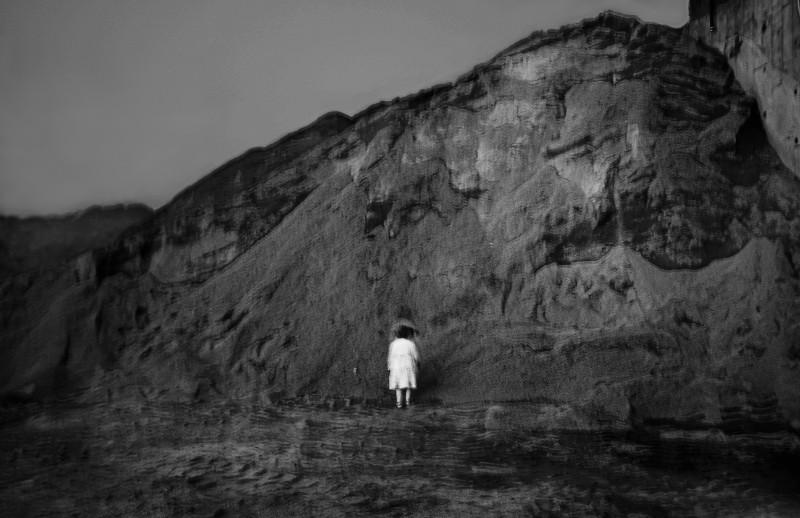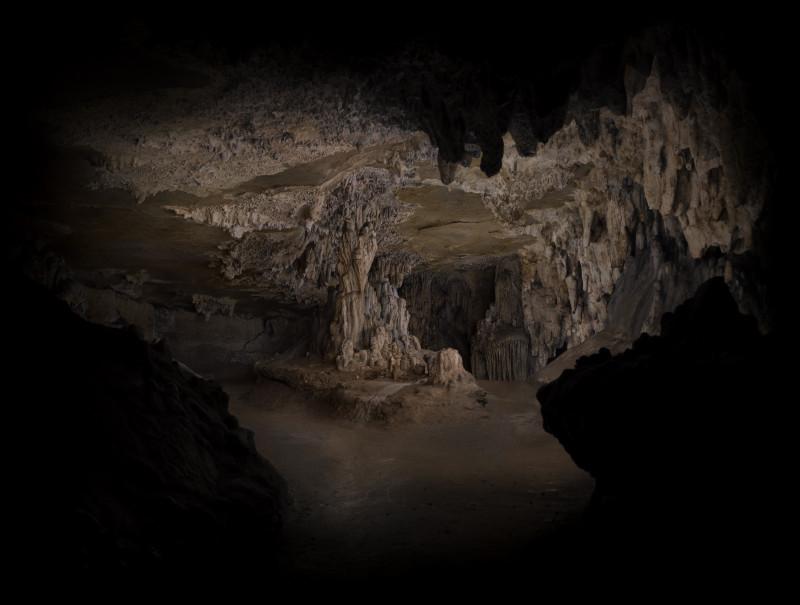Edition 2023
Here Near
Mathieu Asselin, Tanja Engelberts, Sheng-Wen Lo
Here Near presents three projects on layered threats to the ecology of Arles and its surroundings. Since 2022, Mathieu Asselin, Tanja Engelberts and Sheng-Wen Lo have each worked on site-specific research, initiated during the art residency The Shelter. Charting manufacturing, water systems, transportation and animal life, these makers reveal how the Anthropocene – an unfolding geologic epoch characterized by humanity’s acceleration – is reflected in local ecosystems.
In Hunting the Tarasque, Asselin studies the Fibre Excellence, some ten kilometers north of Arles. Part of the Indonesia-based Asia Pulp and Paper Group, the production plant specializes in paper pulp. The Arles-based artist is exploring various types of pollution emitted at the site. Engelberts works with the Rhône – a river transformed by its intersections with hydroelectric facilities and the chemical industry. Dead River sees Engelberts follow the Rhône to its source, the Rhône Glacier in Switzerland: what happens en route that makes the river unsuitable for swimming by the time it reaches Arles? Lo’s Watch Out is rooted in Camargue, France’s largest wetlands, and home to more than 400 different species. The artist reflects on the phenomenon of roadkill – the increased mortality of fauna due to speeding cars.
Together, these projects point to the varying degrees of influence and responsibility that shape a troubling reality. Where Asselin addresses the notion of the Capitalocene, positing the responsibilities of companies as greater than that of an universalized “human”, Lo speaks directly to citizens at the individual level. Engelberts, meanwhile, touches upon a phenomenological responsibility – that of tuning in the perspectives of non-human entities. The exhibition asks questions: what is this place? Who are its actors? And how is what happens here connected to processes happening down the road, in a neighboring country, or even across oceans? What seems far away may in fact be near – or even here.
Daria Tuminas
In Hunting the Tarasque, Asselin studies the Fibre Excellence, some ten kilometers north of Arles. Part of the Indonesia-based Asia Pulp and Paper Group, the production plant specializes in paper pulp. The Arles-based artist is exploring various types of pollution emitted at the site. Engelberts works with the Rhône – a river transformed by its intersections with hydroelectric facilities and the chemical industry. Dead River sees Engelberts follow the Rhône to its source, the Rhône Glacier in Switzerland: what happens en route that makes the river unsuitable for swimming by the time it reaches Arles? Lo’s Watch Out is rooted in Camargue, France’s largest wetlands, and home to more than 400 different species. The artist reflects on the phenomenon of roadkill – the increased mortality of fauna due to speeding cars.
Together, these projects point to the varying degrees of influence and responsibility that shape a troubling reality. Where Asselin addresses the notion of the Capitalocene, positing the responsibilities of companies as greater than that of an universalized “human”, Lo speaks directly to citizens at the individual level. Engelberts, meanwhile, touches upon a phenomenological responsibility – that of tuning in the perspectives of non-human entities. The exhibition asks questions: what is this place? Who are its actors? And how is what happens here connected to processes happening down the road, in a neighboring country, or even across oceans? What seems far away may in fact be near – or even here.
Daria Tuminas
Curator: Daria Tuminas.
Exhibition coproduced by FOTODOK and the Rencontres d’Arles.





















